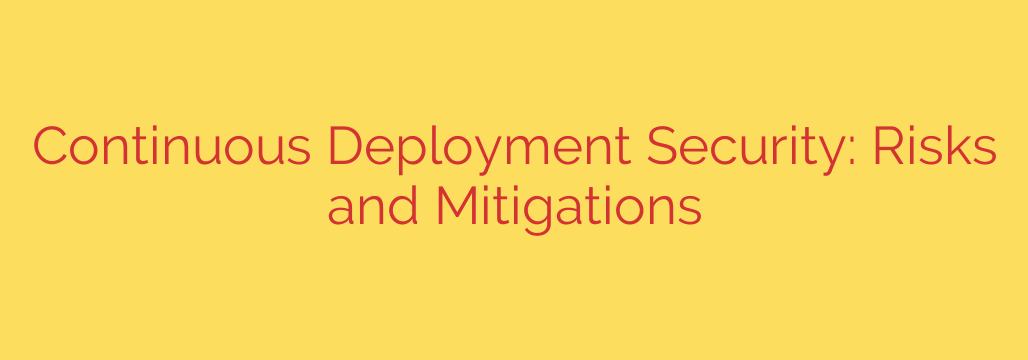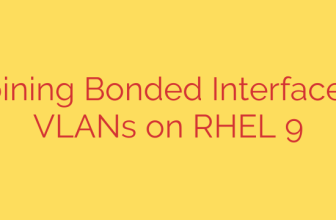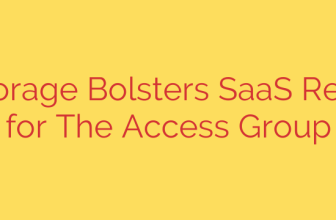
Embracing continuous deployment brings incredible speed and agility to software delivery, but it also introduces a unique set of security challenges. The rapid pace and high level of automation mean that security can easily become an afterthought if not intentionally integrated into the process. Understanding these risks is the first step to building a secure CD pipeline.
One primary concern is the potential for insecure code or vulnerable dependencies to reach production quickly. Without automated security scanning built directly into the pipeline, flaws can be deployed before they are detected. Similarly, misconfigurations in the pipeline tools, infrastructure, or applications themselves can create significant security gaps. The complexity and speed can make it difficult to ensure every component is configured correctly and securely.
Secrets management is another critical area. Hardcoding credentials, API keys, or certificates in code or configuration files, or failing to manage them securely within the pipeline environment, is a common vulnerability that attackers actively exploit. Furthermore, the very infrastructure supporting CD, whether it’s cloud environments, containers, or Infrastructure as Code (IaC), must be inherently secure. Vulnerabilities in these foundational elements can compromise the entire deployment process.
The CD pipeline itself is a valuable target. If not properly hardened, compromised build agents or configuration management tools can be used to inject malicious code or steal sensitive information. Insufficient logging and monitoring make it difficult to detect such breaches or even simple missteps. Finally, while less frequent, insecure or failed rollback procedures can also introduce vulnerabilities or leave systems in an unstable, insecure state.
Successfully mitigating these risks requires a proactive approach, deeply embedding security throughout the entire CD lifecycle. This means shifting security left, integrating automated security testing early in the pipeline. This includes static analysis (SAST), dynamic analysis (DAST), software composition analysis (SCA) for dependencies, and scanning for IaC misconfigurations and container vulnerabilities.
Implementing robust secrets management solutions is essential to prevent credential exposure. Ensuring secure configuration management for all tools and infrastructure involved is non-negotiable. This is coupled with applying the principle of least privilege, strictly limiting the access permissions for pipeline tools and human users.
Securing the CD pipeline infrastructure itself is paramount. Harden your build servers, version control systems, and deployment tools. Use secure communication protocols and monitor access rigorously. Establishing automated compliance checks and policy enforcement within the pipeline helps ensure security requirements are consistently met. Finally, comprehensive logging and monitoring are necessary to quickly detect and respond to suspicious activity, and well-tested, automated rollback plans provide a safety net for recovering from problematic deployments securely. By focusing on these key areas, organizations can leverage the power of continuous deployment without compromising their security posture.
Source: https://www.tripwire.com/state-of-security/continuous-deployment-too-risky-security-concerns-and-mitigations








